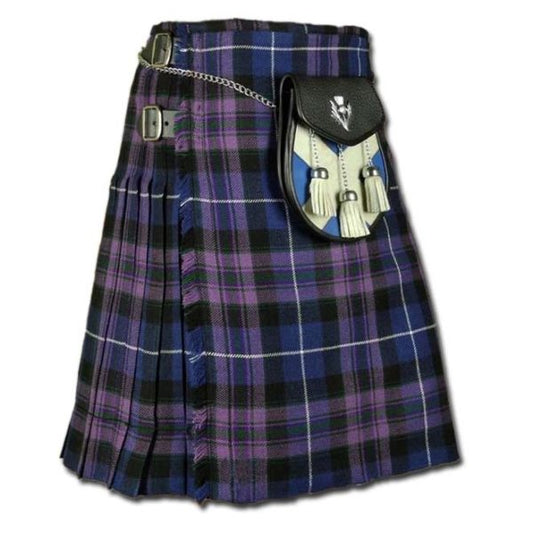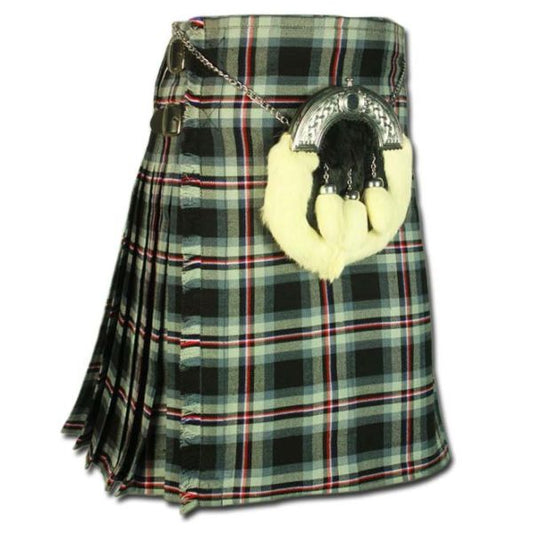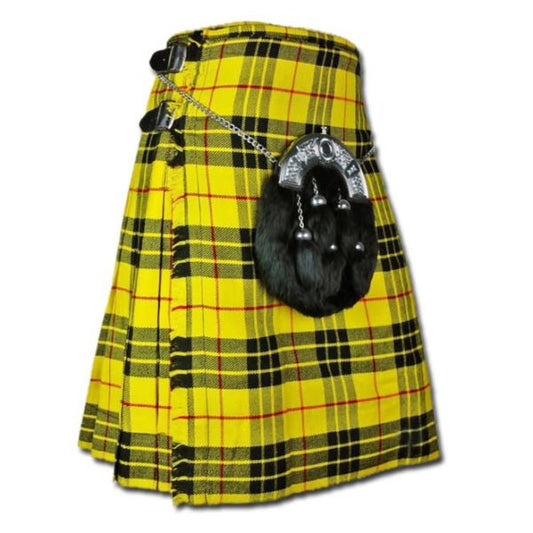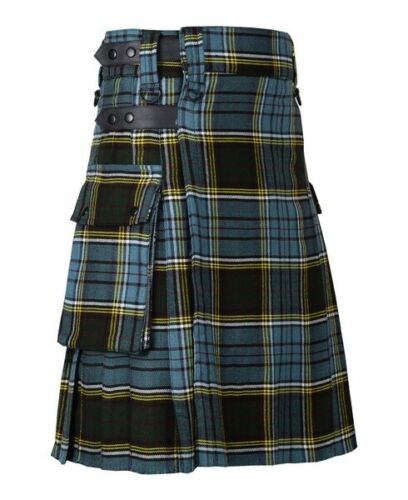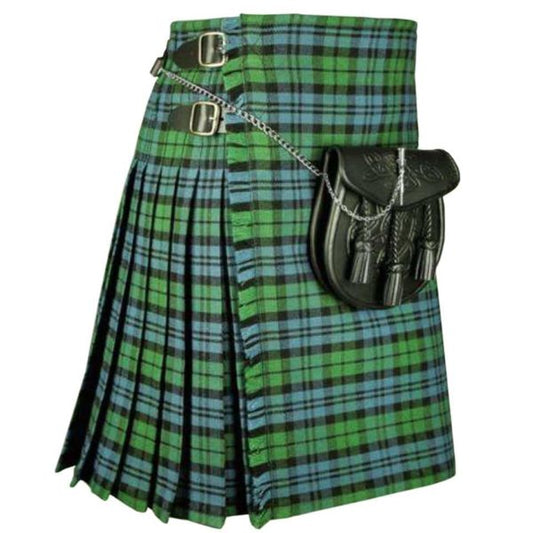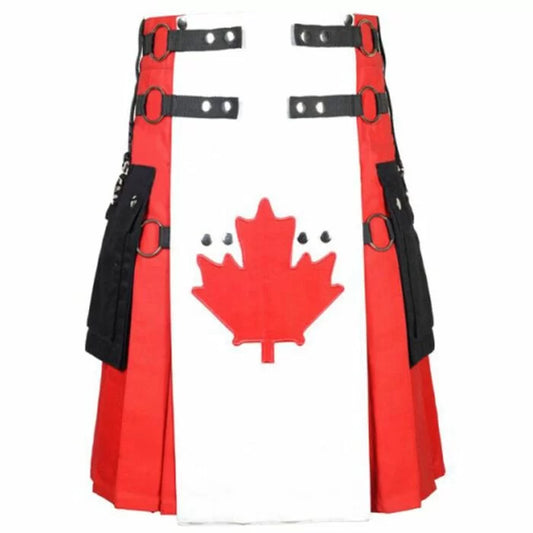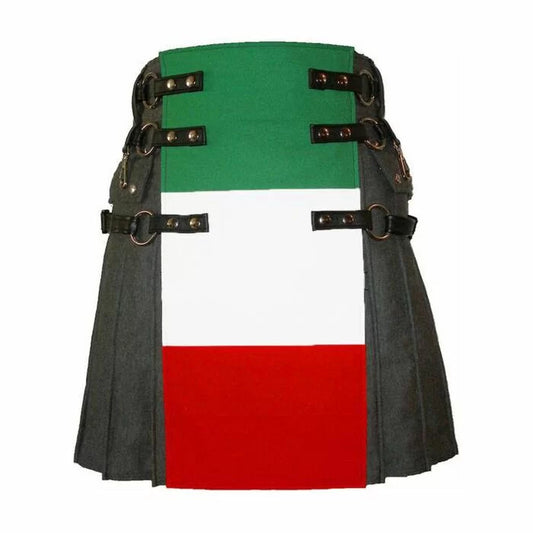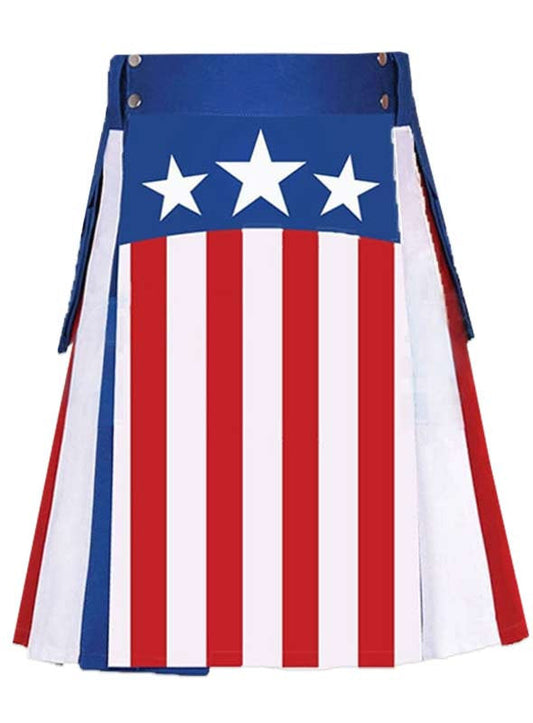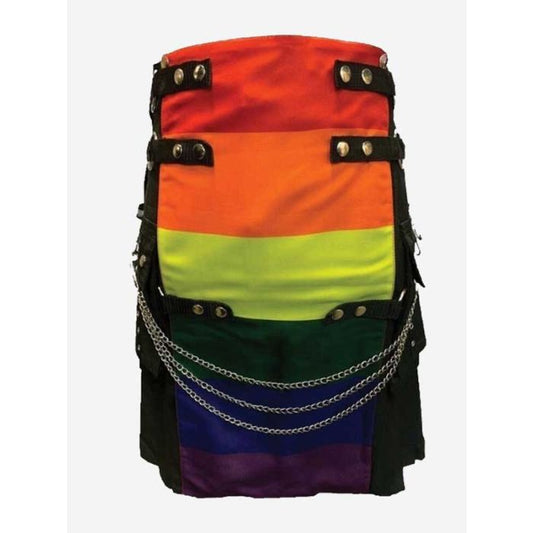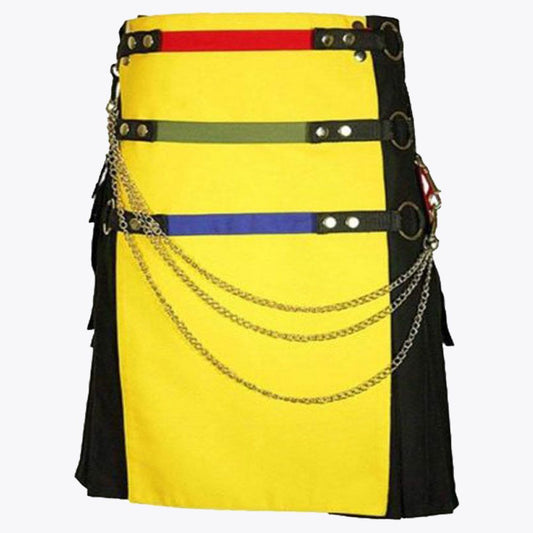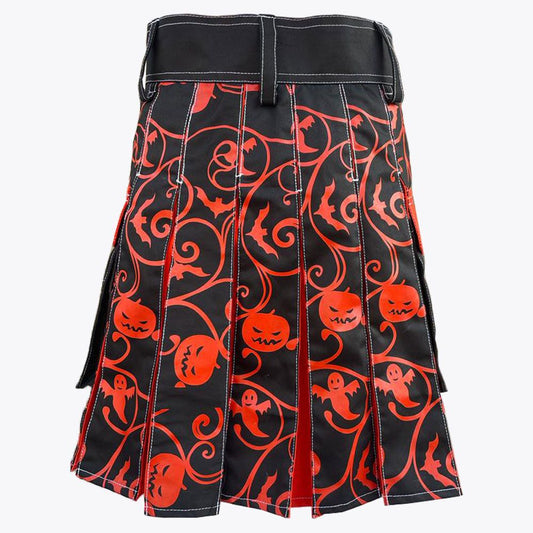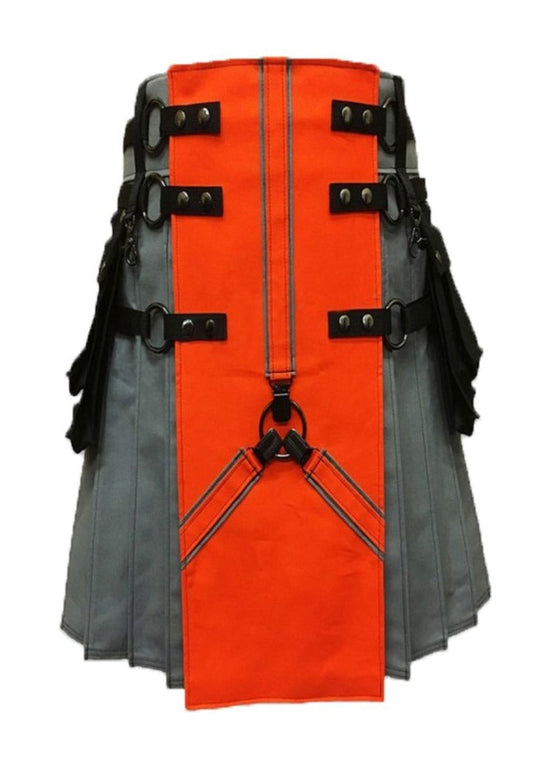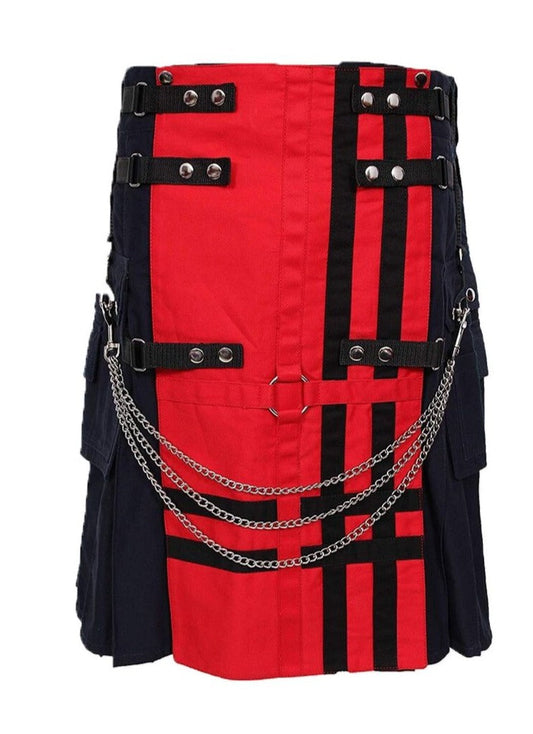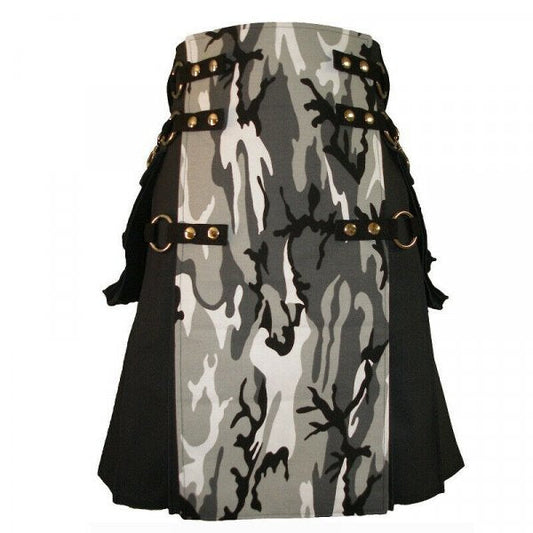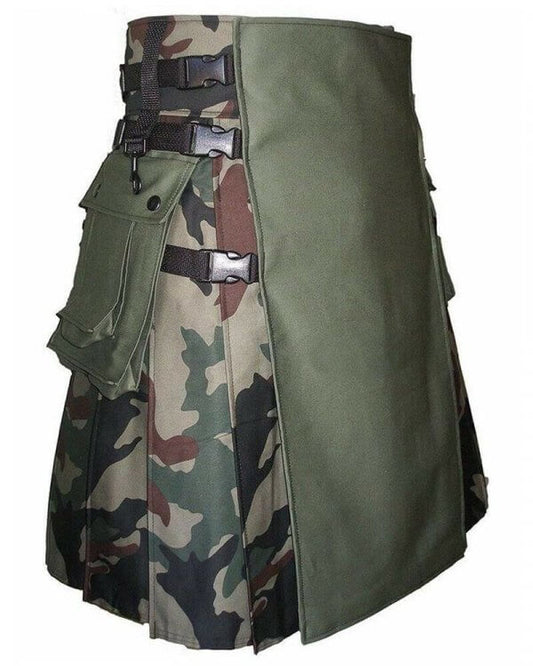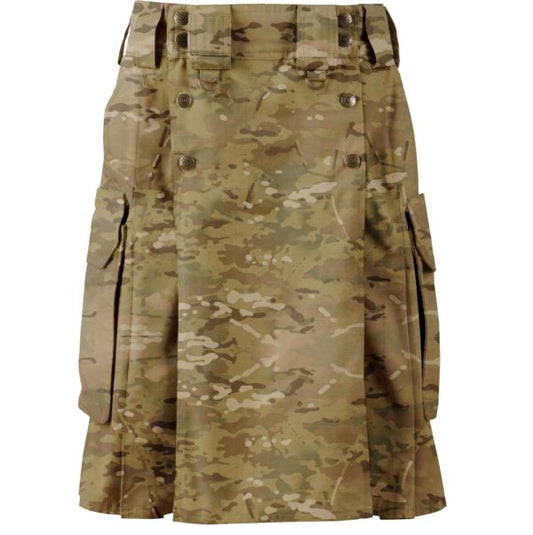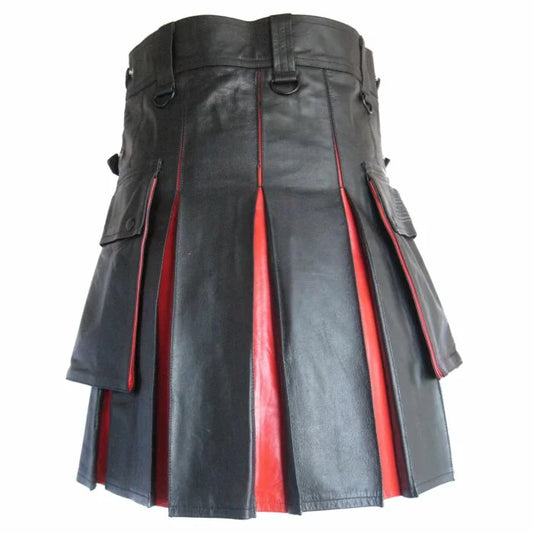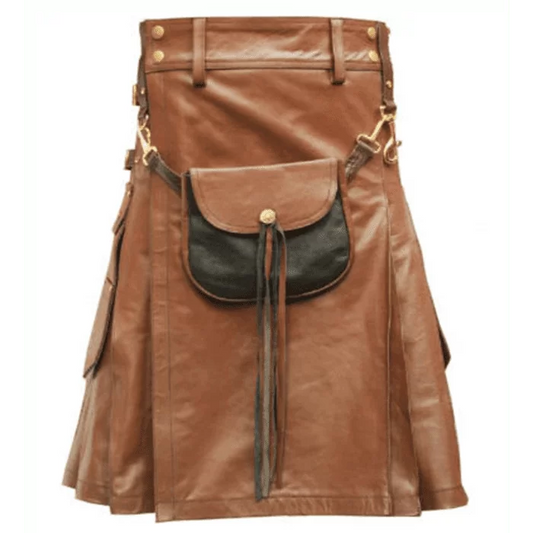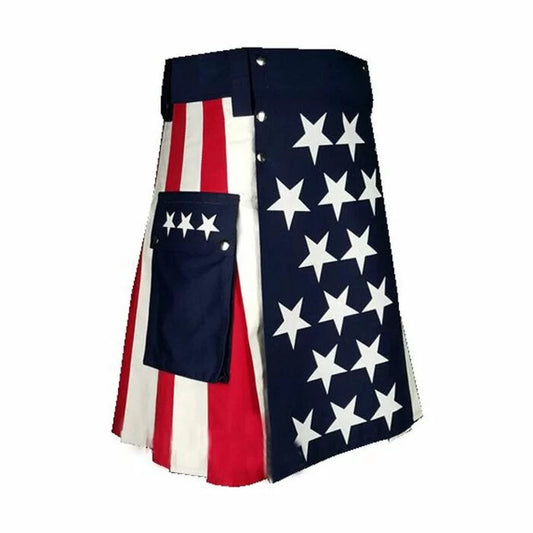-
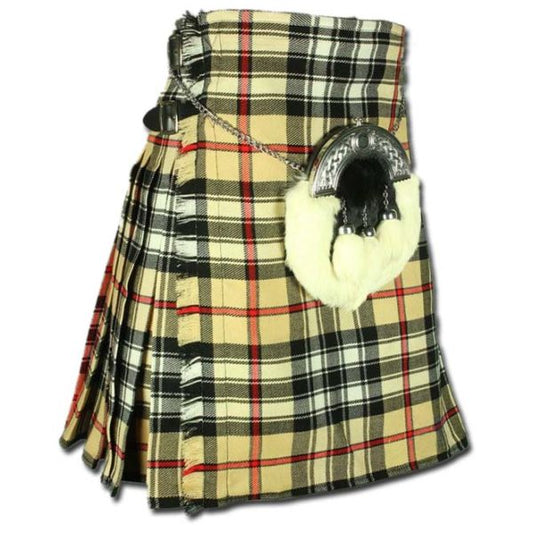 Sale
SaleBurberry Tartan Kilt
Regular price $110.00 CADRegular priceUnit price / per$136.00 CADSale price $110.00 CADSale -
Heritage of Scotland Kilt
Regular price $110.00 CADRegular priceUnit price / per$136.00 CADSale price $110.00 CADSale -
Iron Horse Tartan Kilt
Regular price $110.00 CADRegular priceUnit price / per$136.00 CADSale price $110.00 CADSale -
Macleod of Lewis Tartan Kilt
Regular price $110.00 CADRegular priceUnit price / per$136.00 CADSale price $110.00 CADSale -
Men’s Scottish Highland Anderson Tartan Kilt with Cargo Pockets
Regular price $110.00 CADRegular priceUnit price / per$136.00 CADSale price $110.00 CADSale -
Men's New Campbell Tartan Kilt
Regular price $110.00 CADRegular priceUnit price / per$205.00 CADSale price $110.00 CADSale -
Canadian Utility Flag Kilt
Regular price $136.00 CADRegular priceUnit price / per$137.00 CADSale price $136.00 CADSale -
Italian Utility Flag Kilt
Regular price $136.00 CADRegular priceUnit price / per$137.00 CADSale price $136.00 CADSale -
USA Utility Flag Kilt
Regular price $136.00 CADRegular priceUnit price / per$137.00 CADSale price $136.00 CADSale -
LQBT Rainbow Pride Kilt with Chain
Regular price $136.00 CADRegular priceUnit price / per$205.00 CADSale price $136.00 CADSale -
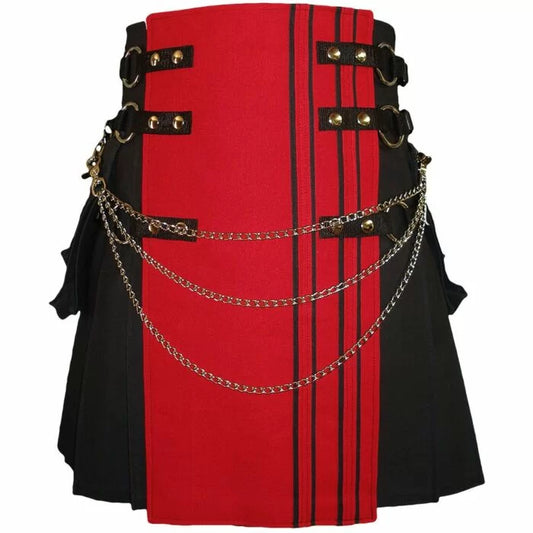 Sale
SaleStylish Fashion Kilt
Regular price $123.00 CADRegular priceUnit price / per$137.00 CADSale price $123.00 CADSale -
Black and Yellow Fashion Utility Kilt
Regular price $123.00 CADRegular priceUnit price / per$137.00 CADSale price $123.00 CADSale -
Halloween Hybrid fashion Kilt For Men
Regular price $136.00 CADRegular priceUnit price / per$137.00 CADSale price $136.00 CADSale -
Fashion Kilt With Orange Front Apron
Regular price $123.00 CADRegular priceUnit price / per$137.00 CADSale price $123.00 CADSale -
Red Gothic Style Fashion Kilt With Chains
Regular price $123.00 CADRegular priceUnit price / per$137.00 CADSale price $123.00 CADSale -
Turquoise Cross Fashion Kilt With Blue Front Apron
Regular price $123.00 CADRegular priceUnit price / per$164.00 CADSale price $123.00 CADSale -
Stylish Scottish Fashion Camouflage Kilt Tactical Black Urban Kilts
Regular price $123.00 CADRegular priceUnit price / per$137.00 CADSale price $123.00 CADSale -
Stylish Scottish Fashion Camouflage Kilt Tactical Camo Kilts For Men
Regular price $123.00 CADRegular priceUnit price / per$137.00 CADSale price $123.00 CADSale -
Tactical Duty Kilt Multicam
Regular price $123.00 CADRegular priceUnit price / per$136.00 CADSale price $123.00 CADSale -
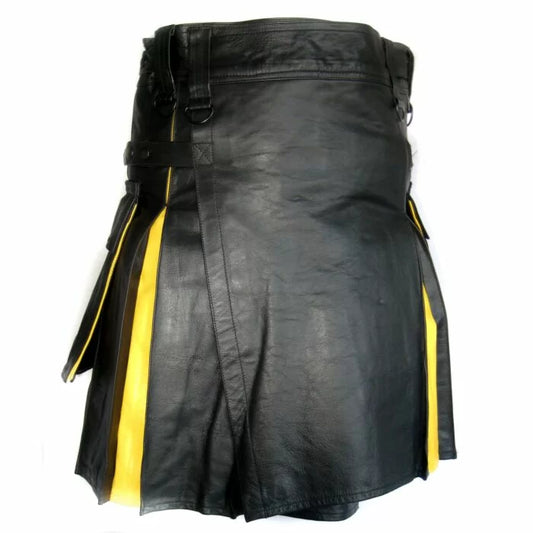 Sale
SaleHybrid Leather Kilt
Regular price $272.00 CADRegular priceUnit price / per$274.00 CADSale price $272.00 CADSale -
Leather Black and Red Hybrid Kilt
Regular price $272.00 CADRegular priceUnit price / per$342.00 CADSale price $272.00 CADSale -
Leather Kilt With Sporran
Regular price $272.00 CADRegular priceUnit price / per$342.00 CADSale price $272.00 CADSale -
American Utility Flag Kilt
Regular price $136.00 CADRegular priceUnit price / per$137.00 CADSale price $136.00 CADSale -
 Sale
SaleKhaki Utility Kilt
Regular price $123.00 CADRegular priceUnit price / per$136.00 CADSale price $123.00 CADSale
Collection: Scottish Kilts
Introduction:
Scottish kilts are iconic garments that embody the rich heritage and cultural identity of Scotland. With their distinctive pleats, tartan patterns, and ceremonial significance, kilts hold a special place in Scottish history and tradition. This article explores the origins, significance, and modern interpretations of Scottish kilts.
Origins of Scottish Kilts:
The history of Scottish kilts dates back centuries, with roots in the traditional dress of Gaelic-speaking communities in the Scottish Highlands. The earliest known depictions of kilts can be traced back to the 16th century, although the garment likely evolved over time from earlier forms of tunics and cloaks.
Significance and Symbolism:
Scottish kilts hold deep cultural and symbolic significance for the people of Scotland. They are closely associated with Scottish identity, heritage, and clan affiliation. Each tartan pattern is linked to a specific clan, family, or region, serving as a visual representation of one's ancestry and allegiance.
Traditional Construction and Design:
Traditional Scottish kilts are typically made from woolen tartan fabric and feature several key elements:
- Pleats: Kilts are characterized by their box pleats, which provide volume and movement to the garment. The number and depth of pleats can vary depending on regional styles and personal preferences.
- Apron: The front apron of the kilt is flat and fastened with buckles or straps, creating a smooth and tailored appearance.
- Accessories: Kilts are often accessorized with a variety of traditional Scottish items, including sporrans (a type of pouch worn at the front of the kilt), belts, kilt pins, and sgian-dubhs (a small knife traditionally worn in the sock).
Modern Interpretations:
While traditional kilts remain popular for formal occasions and ceremonial events, modern interpretations of Scottish kilts have evolved to suit contemporary tastes and lifestyles. These include:
- Casual Kilts: Lightweight and casual kilts made from cotton or denim, suitable for everyday wear and informal settings.
- Fashion Kilts: Fashion-forward kilts featuring innovative designs, unconventional fabrics, and alternative closures, catering to a younger and more style-conscious audience.
- Utility Kilts: Functional and practical kilts with cargo pockets, adjustable straps, and other utility features, popular among outdoor enthusiasts and sports enthusiasts.
Global Appeal and Influence:
Scottish kilts have transcended their cultural origins to become symbols of Scotland around the world. They are worn by people of Scottish descent as well as enthusiasts of Scottish culture and heritage in countries across the globe. Scottish festivals, Highland games, and cultural events often feature kilts as a central element, further contributing to their global appeal and influence.
Conclusion:
Scottish kilts are more than just garments; they are symbols of tradition, identity, and pride. With their timeless appeal and enduring cultural significance, kilts continue to captivate and inspire people around the world, embodying the spirit and heritage of Scotland for generations to come.


